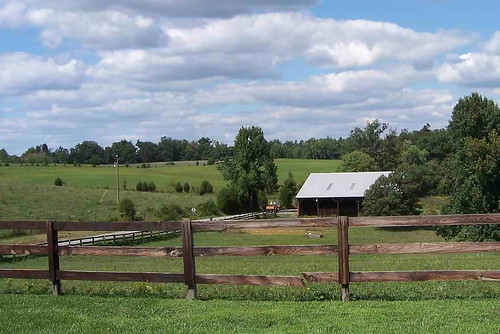
This post is part of the Science Tuesday feature series on the USDA blog. Check back each week as we showcase stories and news from USDA’s rich science and research portfolio.
Farmland is one of the biggest assets in U.S. agriculture. According to the most recent Census of Agriculture, American farmers own more than half of all U.S. farmland—however, more than 350 million acres are rented or leased. This means that hundreds of thousands of farmers are affected by rising farmland values and have to negotiate their land rental agreements regularly.
That’s where data comes in. Every year, we reach out to thousands of farmers across the nation to determine accurate estimates for farmland values. After all, to negotiate a fair deal, it helps to know the actual value of the land you already rent or hope to rent in the future. That’s also how we at USDA and other key policymakers know that U.S. farmland values have been increasing pretty steadily over the past decade.
Farmland value is only a piece of the puzzle, however.
You still need to know who you are negotiating with. To do that, we are adding a whole new tool to our toolbox.
At the end of this month, we’ll mail out the Tenure, Ownership, and Transition of Agricultural Land survey (TOTAL). This survey will be like a landowner version of the Census of Agriculture, in that it will cover land ownership income, debt, asset, demographic and other landlord characteristics, as well as additional information on those renting the land.
When we publish the results of this survey next August, it’ll give a much-needed negotiation tool to farmers and ranchers across the United States who rent or lease the land they operate. As someone who grew up on farm in Kentucky, this data is important to our family as we make decision on rental agreements and the future of our family farm. But the uses won’t stop there. This will also be an important tool for landowners themselves, as well as a baseline for many solid loan and grant policies. But in the meantime, look out for this survey coming soon to a mailbox near you.
Let your voice be heard and respond to the Tenure, Ownership, and Transition of Agricultural Land survey.
